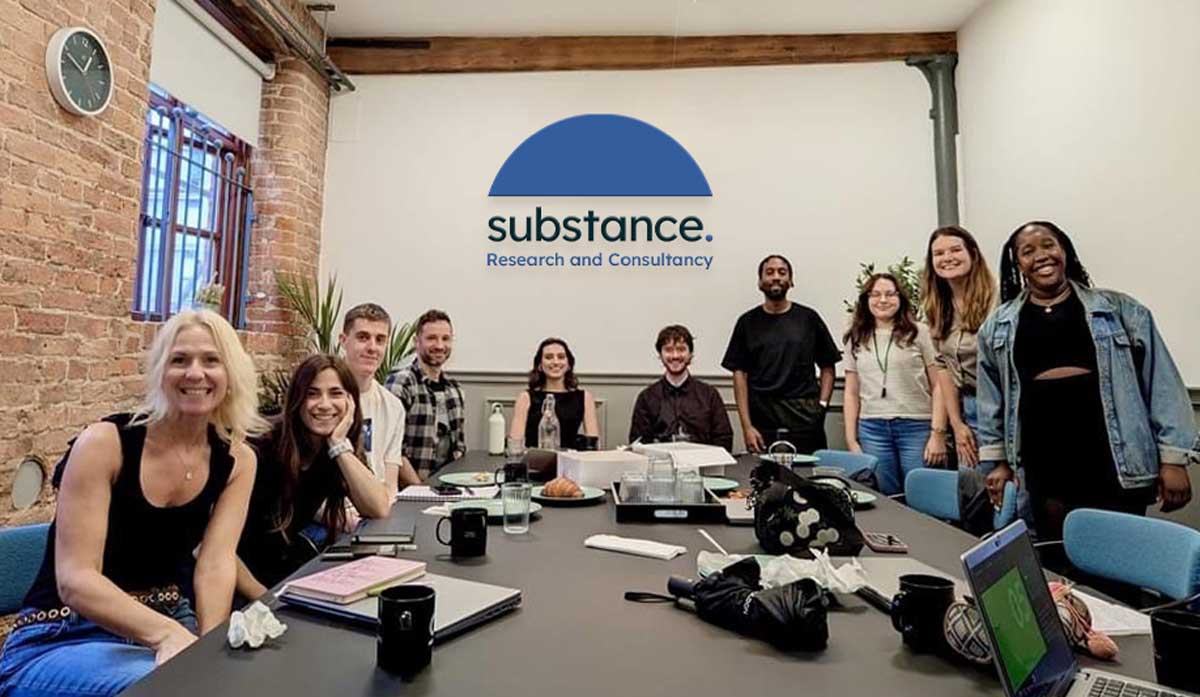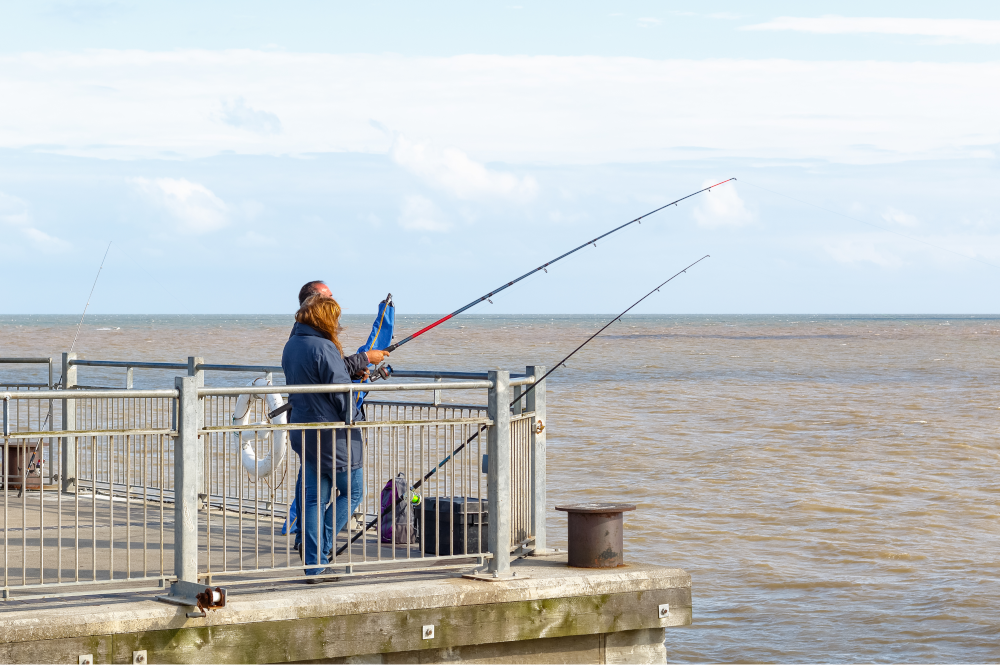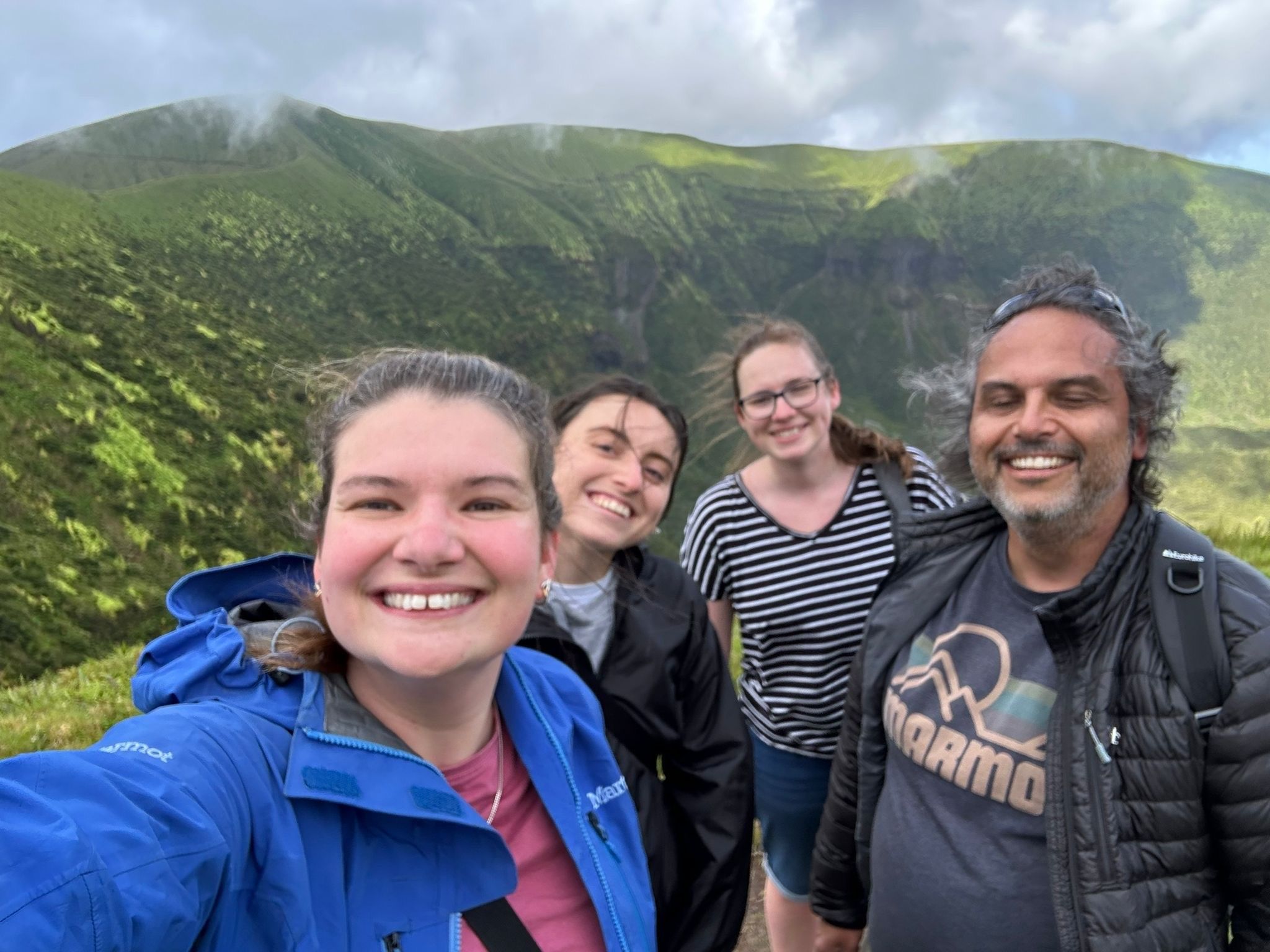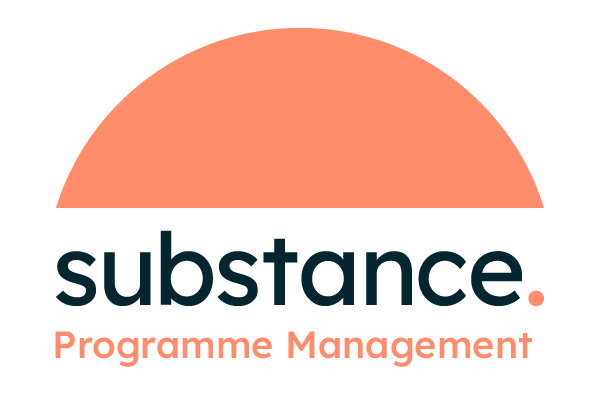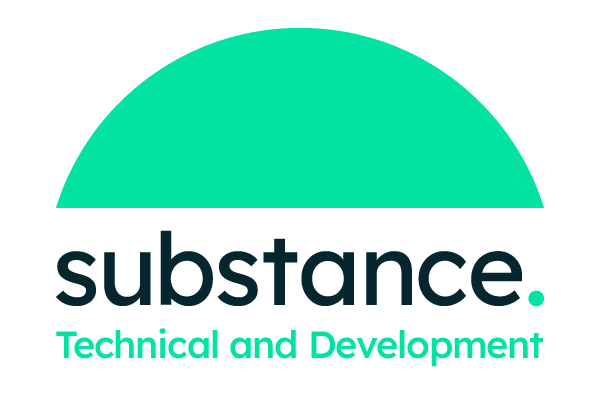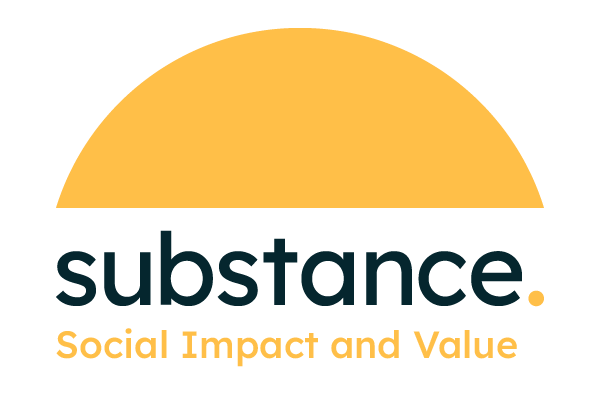
It is three years since the Government published its Sports Strategy. In it there was a big emphasis on the use of sport and physical activity as a force for social good. The Department for Digital, Culture, Media and Sport’s (DCMS) priority was to build the evidence for how sport and activity-based projects could improve physical and mental health, individual, social and community development. There were numerous examples of the outcomes they wanted to see achieved; including improved educational attainment and behaviour, confidence and self-esteem, social cohesion and trust.
Having spent the previous 20 years managing, commissioning and researching many of the programmes that had been delivered, the team at Substance were confident that they knew what worked in using sport to improve the lives of young people living in the most socially and economically disadvantaged areas of the country. This work contributed to the growth of a new sector, Sport for Development, which can loosely be described as a hybrid of community sports development and youth work. Most of the organisations who operate in this space are charities, some based at professional sports clubs, others set up to tackle national challenges and a large number growing organically out of the communities in which they work.
What was also interesting in the DCMS’s Strategy was the reference to Social Impact Bonds (SIB’s) and the commitment to explore their potential use to support the scaling up of innovative sports-based approaches to tackling social challenges. Whilst many Sport for Development organisations could confidently point to examples of young people who had been through their programmes and had their life changed as a result, very few had subjected themselves to the pressure of a ‘payment by results’ approach.
So, in 2016 a pilot SIB was agreed in Coventry and Liverpool, supported by the national TF Team and Sport England and delivered by the Positive Youth Foundation and Positive Futures North Liverpool.
Both delivery organisations successfully recruited their target of 100 young people within the first three months, 30 of whom were ‘referred’ by the TF Team and 70 engaged through outreach work in anti-social behaviour ‘hot spot’ areas. Neither process was straight forward, but the thought of falling at the first hurdle led to some innovative practice, particularly in Coventry where the referred young people were successfully ‘second guessed’ by the Positive Youth Foundation.
Then, over the following nine months a programme of sport and physical activities including basketball, dance and fitness sessions was delivered alongside educational and issue-based workshops. In Coventry, a Restorative Justice programme aimed at addressing the offending behaviour of the referred young people and a Leadership Programme for girls excluded from or not attending school regularly was delivered. In Liverpool, a series of Personal Development programmes for both males and females were delivered providing opportunities to address issues such as gang and territorial affiliations, drug and alcohol awareness and confidence building.
The expertise of both organisations in retaining most of the young people, through exciting and engaging activity based programmes, residential trips and workshops meant they could focus on delivering the appropriate and relevant outcomes. By the end of the year:
- 38 had joined a sports team or club
- 32 had achieved a level 1 qualification
- 35 had completed a training / volunteering or work placement
- 12 had increased their school attendance by 100% or more
- 4 had reduced their recorded levels of offending behaviour
Whilst both projects had success in retaining and helping participants achieve these target outcomes it is also important to recognise and account for the more intangible benefits. Sometimes taking on the role of surrogate family, or favourite teacher, the projects played a wider role in protecting against risk factors. They helped to build the stable platform on which participants could start to re-set their lives which our research suggests is likely to result in the accrual of wider social and economic benefits long after their involvement has ended.
Success is rarely a linear or straightforward process in programmes of this type, but it is possible to discern certain traits or kernels of truth that underpin effective practice, and which should be sought out by commissioners and investors who are interested in this field of practice:
- The best staff had a mixture of ‘learned skills’ and ‘lived skills’ and were able to engage and empathise with participants based on a degree of shared life experiences as well as the understanding and skills to help move people along a development pathway. Eschewing the traits of statutory service providers, they acted as cultural intermediaries between participants and the mainstream.
- Delivery organisations had to be open and approachable, so that the young people could relate to and even influence them. While either could be described as a sports or youth organisation, they had an emphasis on inclusive practice and an occasionally edgy willingness to use alternative or novel approaches. They were prepared to go the extra mile and shift direction to achieve their goals rather than being slaves to a prescribed set of practices.
- They also had the ability to build development pathways for participants, which was reliant upon collaborative working and a network of partners. Whilst both organisations and their staff were masters of engagement, they were also adept at working alongside specialist partners to receive referrals and deliver key educational, employment, social and health outcomes.
There is now the possibility to roll this learning and the SIB out to other local authority areas in 2019. An application for outcome top up funding has been submitted to the Life Chances Programme and will be considered next month. Should it be successful, we anticipate delivering the programme in up to 12 new areas and building on the evidence of how sport and activity-based projects can contribute to the outcomes that almost all TF teams are seeking to achieve.
This blog was written for the National Troubled Families Programme and originally published at https://troubledfamilies.blog.gov.uk/

